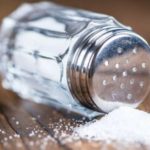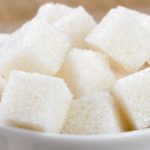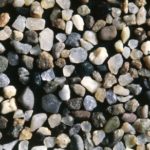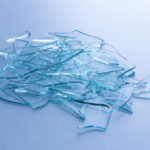20 interesting facts about soap
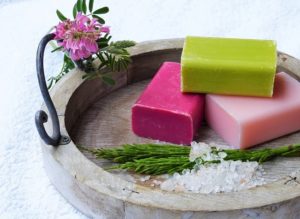 We use soap every day, especially without thinking about how it is made and from what. Over the centuries, this essential product has come a long way, and thanks to the development of soap industry and technology as a whole, it has fallen noticeably, becoming accessible to everyone. Moreover, in the modern world, mainly expensive and fragrant handmade soap is valued, rather than products produced at the nearest factory.
We use soap every day, especially without thinking about how it is made and from what. Over the centuries, this essential product has come a long way, and thanks to the development of soap industry and technology as a whole, it has fallen noticeably, becoming accessible to everyone. Moreover, in the modern world, mainly expensive and fragrant handmade soap is valued, rather than products produced at the nearest factory.
It is believed that soap was first invented about 4,800 years ago in ancient Babylon and the Sumerian kingdom. But this is only a theory, and there is no information about who invented it, and when exactly.
The phrase “soap my neck” exists in two languages, in Russian and Japanese. Only in our language does it mean to punish someone, and in Japanese, to repent of something and make every effort to correct her mistake.
The world’s most expensive soap costs about $ 2,700 for a piece of 160 grams. It is produced in Qatar, and is called, in fact, “Qatar”. This price is due to the presence of diamond and gold powder in the composition.
Far from immediately, the soap became solid. Thousands of years ago, only its liquid variety was in use. But such products were very expensive, and only noble people could afford them.
In the 30s of the XX century, soap fell sharply in price, since in the USA and Europe a method of its cheap and fairly quick production was invented.
In 1880, Procter & Gamble launched a new brand of white soap. This soap immediately became popular among Americans, due to the fact that it did not sink in the water. The reason for this was initially a simple technological error in production – an impurity got into the soap mixture.
In the Middle Ages, soap was literally worth its weight in gold, and was completely inaccessible to most people. So, the Queen of Spain, Isabella of Castile, admitted that she used soap only twice in her life, at birth and on the eve of her wedding.
In Russia, peasants used the so-called “lye” instead of soap, which for obvious reasons they did not have. To make it, wood ash was poured with boiling water and set to steam in the oven for a while.
In the ancient world, soap was made from goat or bovine fat mixed with beech ash. It was of three grades: hard, soft and liquid.
In ancient Greece, where soap was widely known, natural dyes were sometimes added to it. This product could be used not only for washing, but also for coloring hair, as well as giving the skin a healthy shade.
In Russia, soap production on an industrial scale began during the reign of Peter I. But before the revolution, it was available only to nobles, well, or just rich people.
In the 14th century, in England, the rules of the Soap Guild forbade soap farmers to spend the night under the same roof as ordinary people, so as not to accidentally reveal to anyone the secret of making this valuable product.
In the VII and VIII centuries the Arab peoples have already mastered the art of soap making, which they distributed together first to Spain they conquered, and then to Europe. Records of the first European soap guild date back to this time.
In the past, soap was used not only for washing and washing, but also for shaving. True, different varieties of it were used for different purposes.
The Persian chemist Al-Razi wrote a whole manuscript with recipes of the ancient world. This manuscript was discovered in the 13th century; it contains detailed recipes for ancient soaps, for example this: take sesame oil, mix with alkali, water and lime juice and cook on fire.
In tsarist Russia, the center of soap making since the 17th century was the city of Shuya, located in the modern Ivanovo region. Now a bar of soap can be seen on the coat of arms and flag of the city of this city.
In 2007, one of the UN divisions proclaimed October 15 as World Handwashing Day, and for the first time celebrated it in 2008. The purpose of the holiday is to convince the planet’s population to wash their hands more often.
For several centuries, soap has been used in soap making, which is obtained from salt. Before the discovery of soda, potash was used in the production cycle, which was obtained from ash, cutting down a huge number of trees for soap making.
Soap, like cheese or wine, must also ripen. And with age, oddly enough, it also gets better. The “old” soap is softer, it foams more and less irritates the skin. But this applies only to those varieties that are produced according to the correct technology, and not according to the principle “if only cheaper”.
In Russia, about 65 thousand tons of toilet soap are produced annually, and almost as much household soap. On average, this is about 7 pieces for every Russian.
